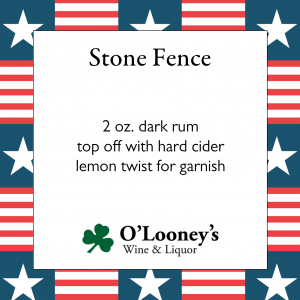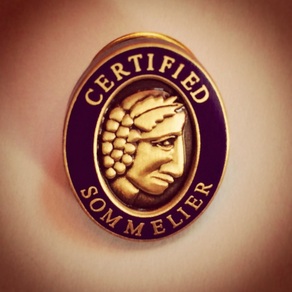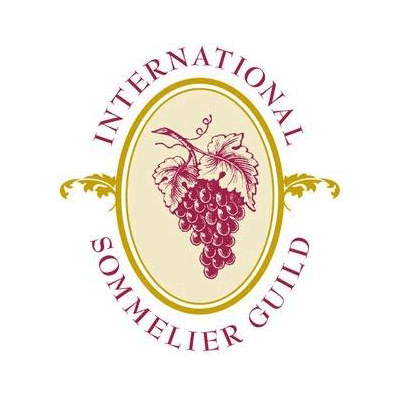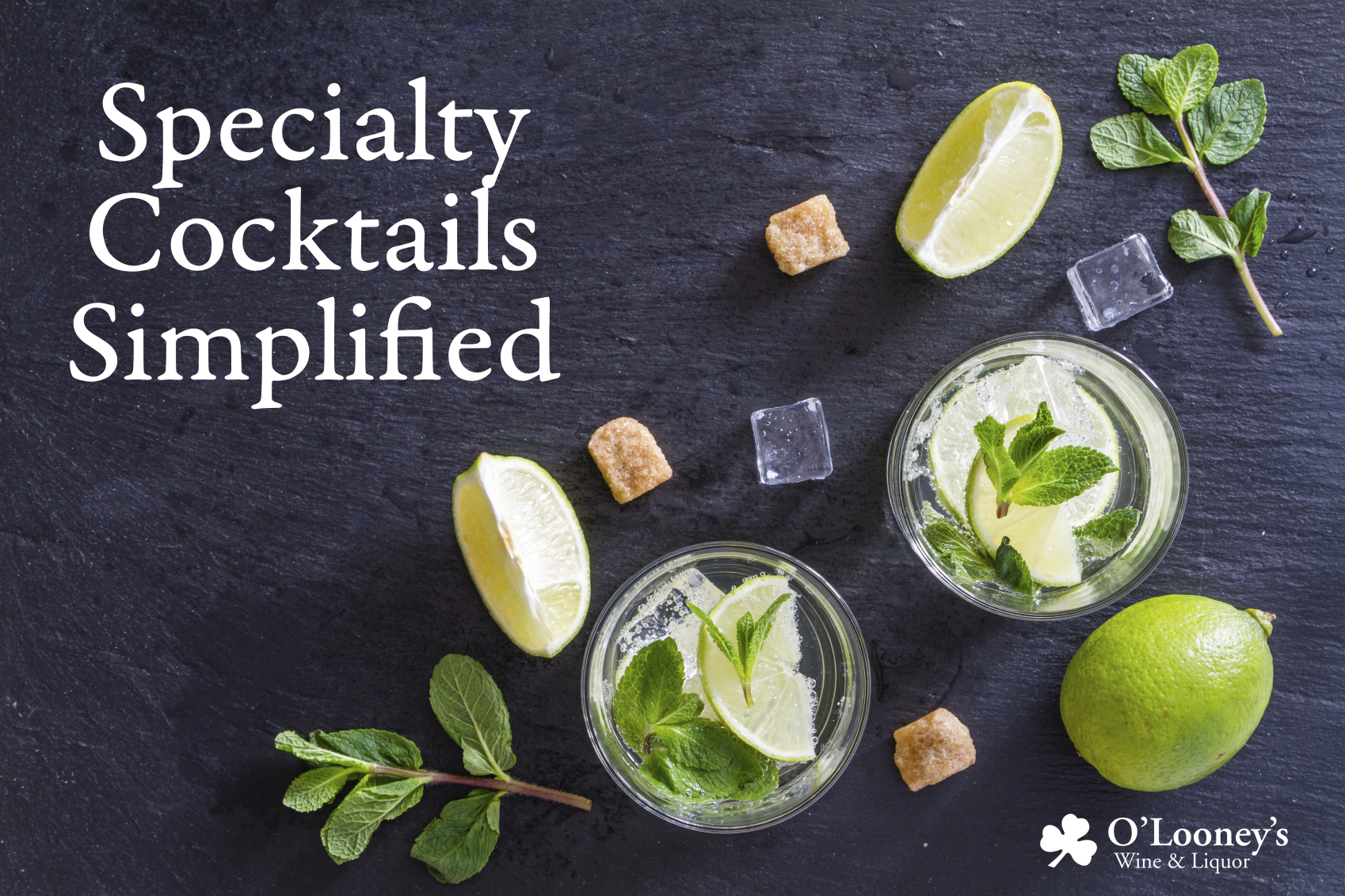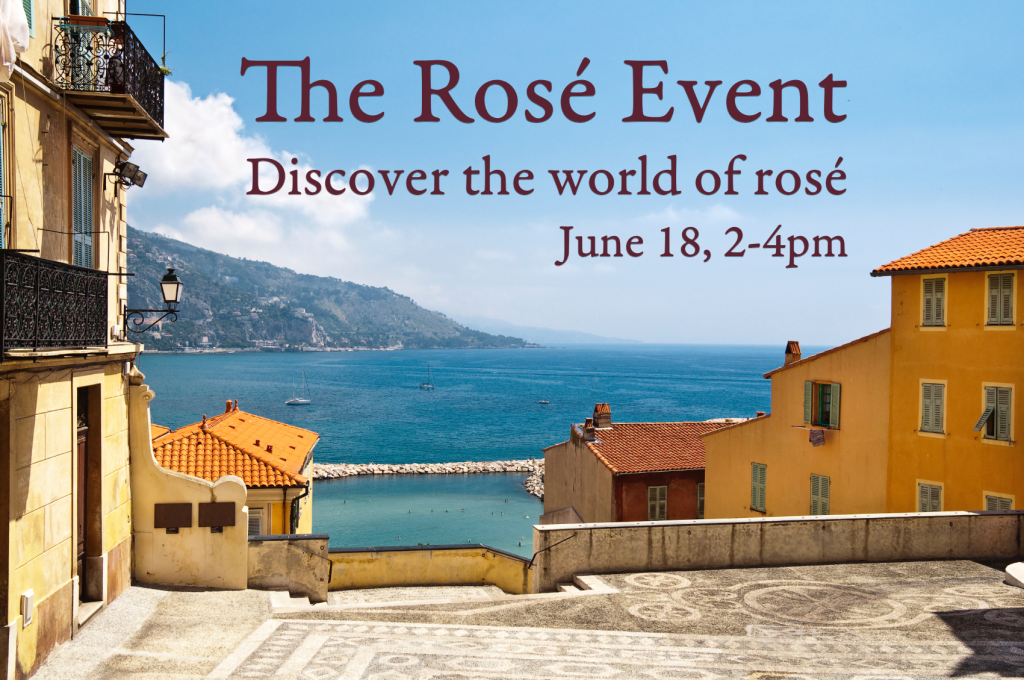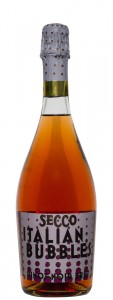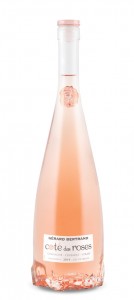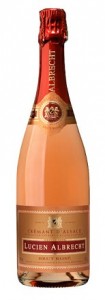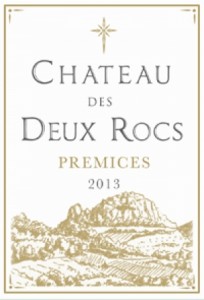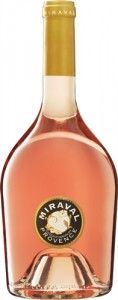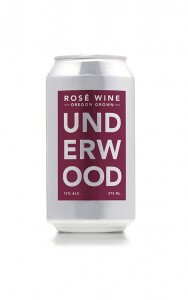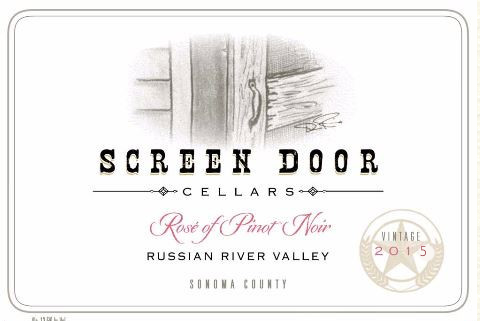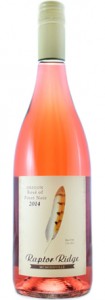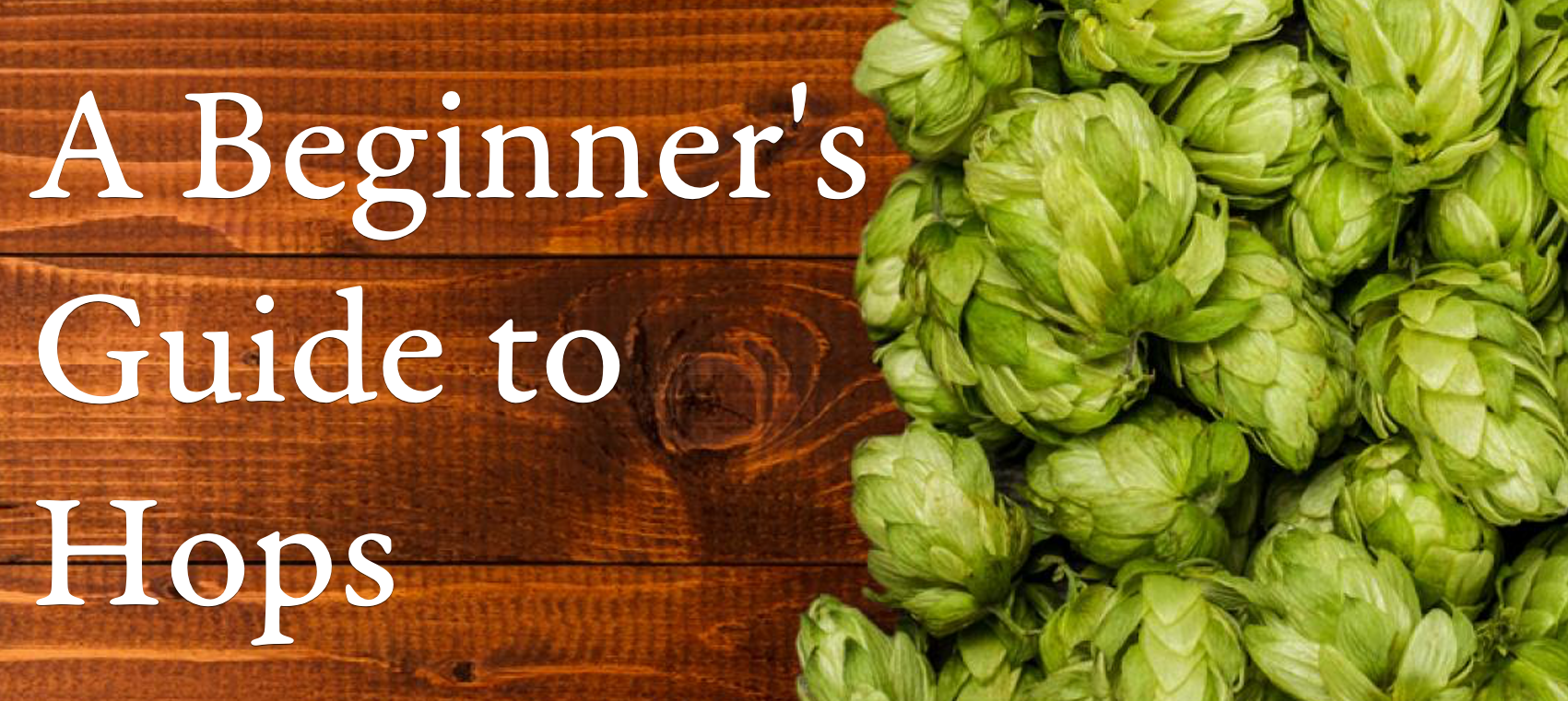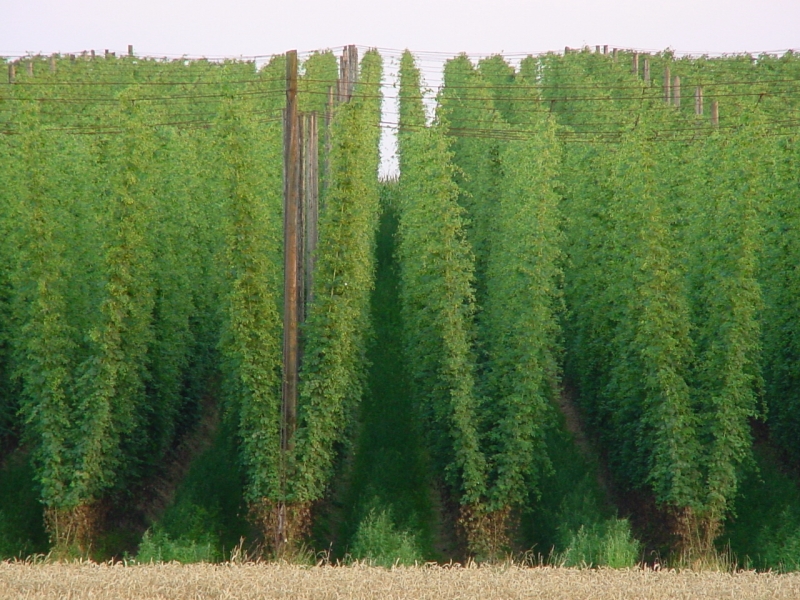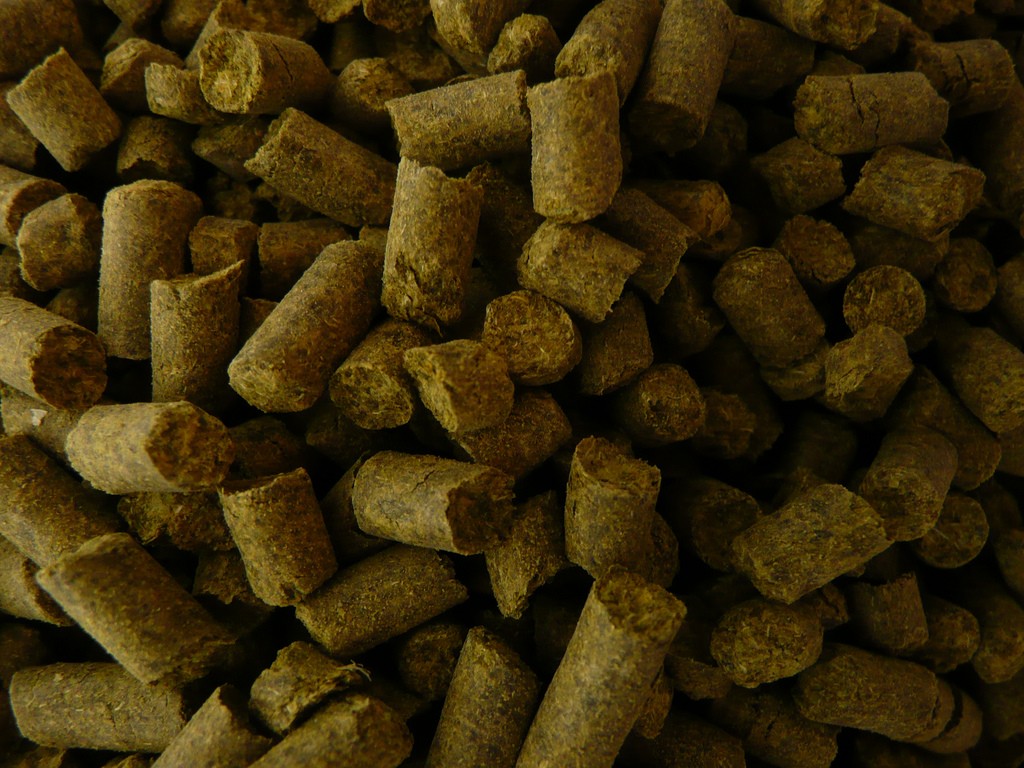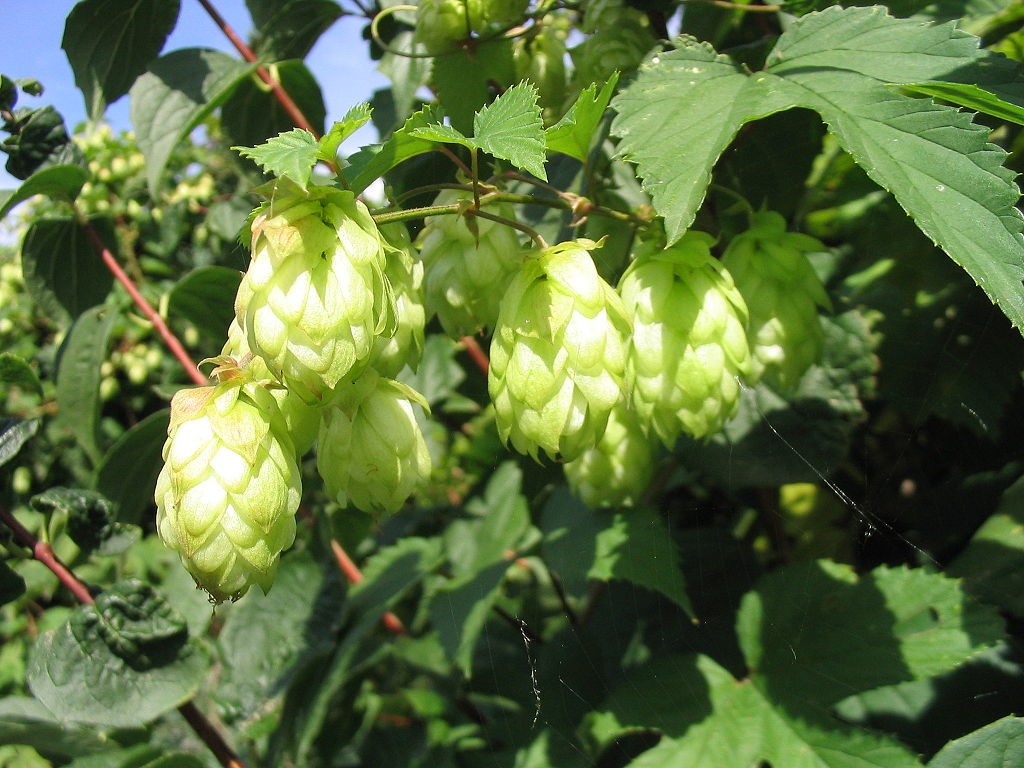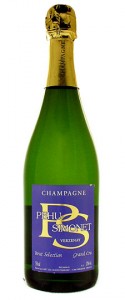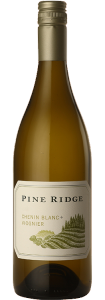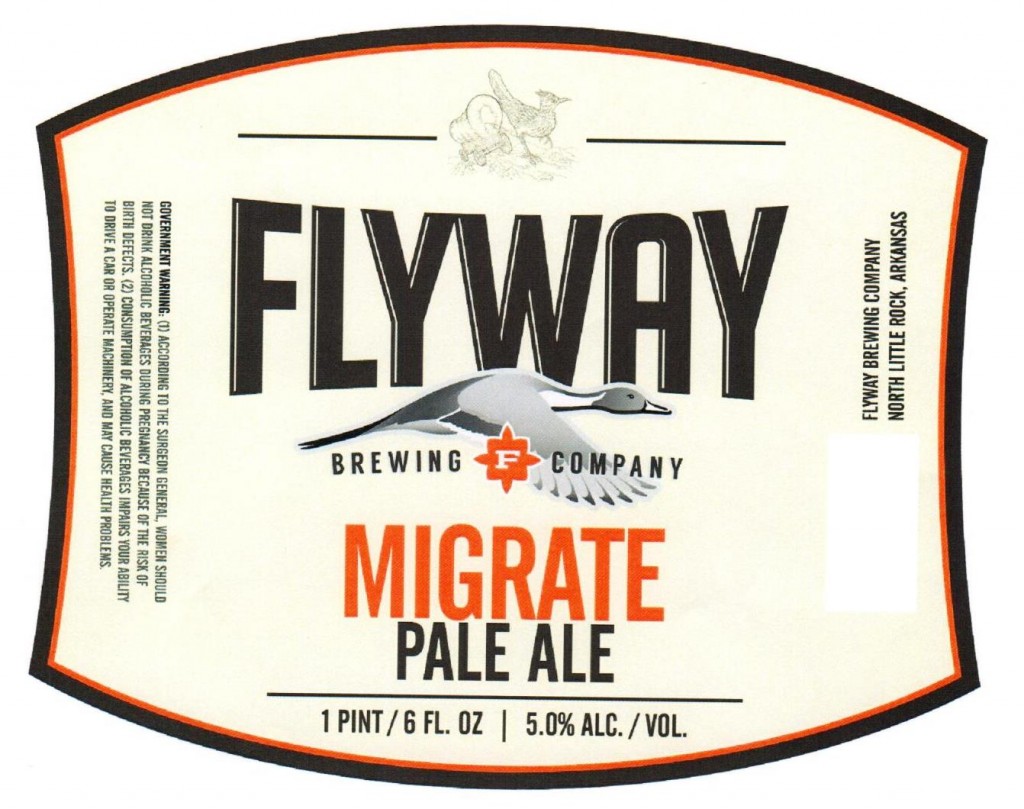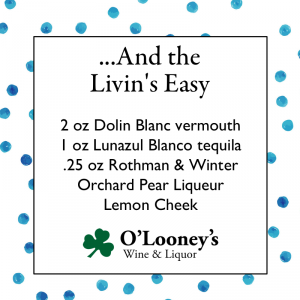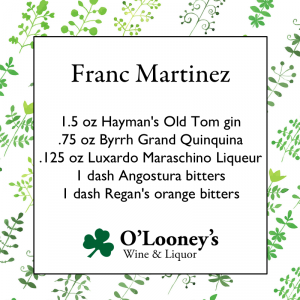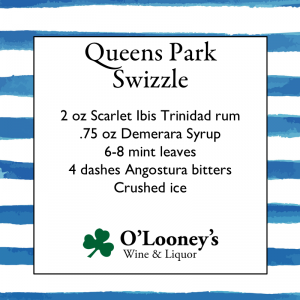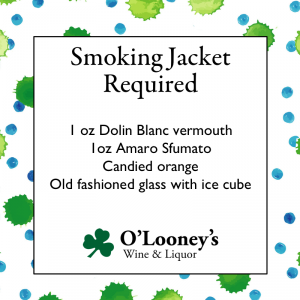
Even though the word cocktail wouldn’t be invented until the 1800’s the practice of blending different liquors together was alive and well in the American colonies. Rum was the predominate spirit for the time due to the low cost of shipping from Caribbean ports to America. Here are two rum-based cocktails that were widely drunk during the time of the American Revolution.
Stone Fence
This simple cocktail is a blend of aged rum and hard cider. Its simplicity and the easy availability of its ingredients made it popular among soldiers on both sides of the Revolutionary War. It was a favorite drink of Colonel Ethan Allen who gave it to his soldiers the night before he led them in the battle that captured Fort Ticonderoga in the weeks of the war. For a slightly sweeter drink, try using a sweeter cider such as Stella Artois Cidre.
Martha Washington's Punch
Even before her husband George became the first president, Martha Washington was known as a great entertainer. She was known for the elaborate dinner parties she would host, and for the extravagant drinks that would be served there. George Washington was a great fan of fortified wines such as Port and Madeira, but it’s Martha’s punch recipe that still is still used almost 250 years later. This recipe blends multiple rums with fruit for a spicy party drink. Though Martha wouldn’t have had any club soda to add to her punch, we think it’s a great addition that adds a little effervescence to the drink.

